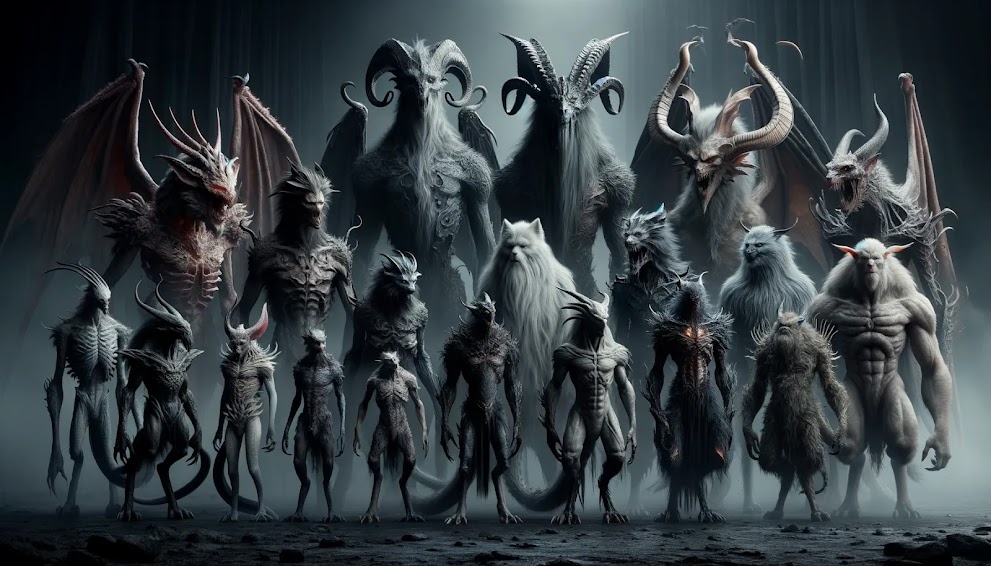Key of Solomon: Unveiling the Secrets of Magick and Rituals
Key of Solomon: Unveiling the Secrets of Magick and Rituals
The Key of Solomon is a legendary occult grimoire, attributed to King Solomon of Ancient Israel. It has captivated the minds of esotericism enthusiasts, magicians, and occultists for centuries. This ancient text provides a deep insight into the practice of ceremonial magick, offering a comprehensive guide to summoning and commanding spirits, divination, and the creation of talismans and amulets. In this blog, we will explore the history, contents, and significance of the Key of Solomon.
The Key of Solomon was likely written in the 14th or 15th century, although it claims to be a translation of an earlier work. It carries the attribution of King Solomon, the wise biblical figure known for his connection to mysticism and spiritual wisdom. However, modern scholars consider the text to be a product of medieval European occultism, inspired by a blend of Jewish, Christian, and Arabic mystical traditions.
The Key of Solomon is divided into two books, known as the "Greater" and "Lesser" Keys. The Greater Key provides a detailed guide on astrological and ceremonial magick, including skrying, conjuring spirits, and commanding demons. It offers instructions for various rituals, specifying required tools, symbols, and incantations. The Lesser Key focuses on the summoning and control of demons, listing 72 entities known as the "Goetia."
One of the notable aspects of the Key of Solomon is the inclusion of elaborate sigils and seals associated with each spirit, allowing the practitioner to establish contact. These symbols portray a unique representation of each demon or angel, providing a means to evoke and communicate with these entities. The precise creation and utilization of these sigils form a crucial aspect of the rituals mentioned within the grimoire.
The Key of Solomon provides intricate descriptions of various rituals and ceremonies, giving practitioners a step-by-step guide to perform magickal operations. These rituals involve invocations, consecration of tools, prayers, and the use of symbols. The grimoire emphasizes the importance of meticulous preparation, concentration, and adherence to ritual procedures to achieve the desired results.
Throughout history, the Key of Solomon has greatly influenced the practice and development of ceremonial magick. Its techniques and concepts have been incorporated into different occult systems, such as Thelema, Hermetic Order of the Golden Dawn, and modern Wicca. The grimoire's enduring popularity highlights its enduring contribution to the Western magickal tradition.
The Key of Solomon remains a significant occult text, allowing readers to delve into the depths of ceremonial magick and mystical practices. While it should be approached with respect and caution due to its esoteric nature, the grimoire offers invaluable insight into the historical development of magickal traditions. Whether one is drawn to its exploration of spirit summoning, astrological magick, or talismanic work, the Key of Solomon stands as a testament to the enduring fascination with the occult and the eternal quest for hidden knowledge.






















